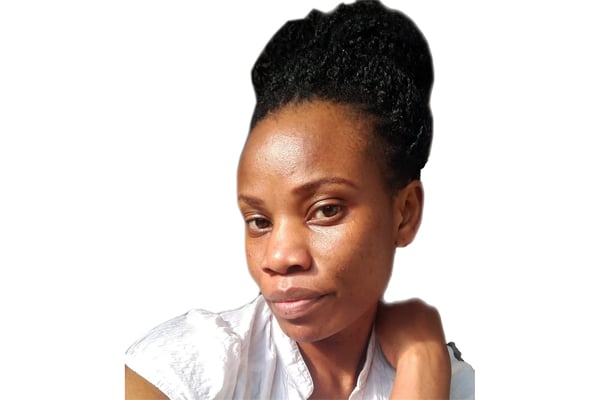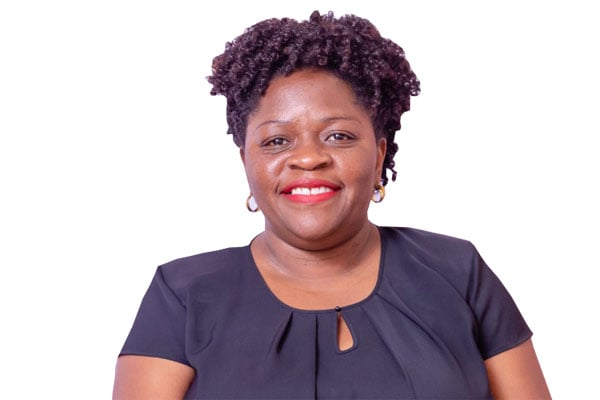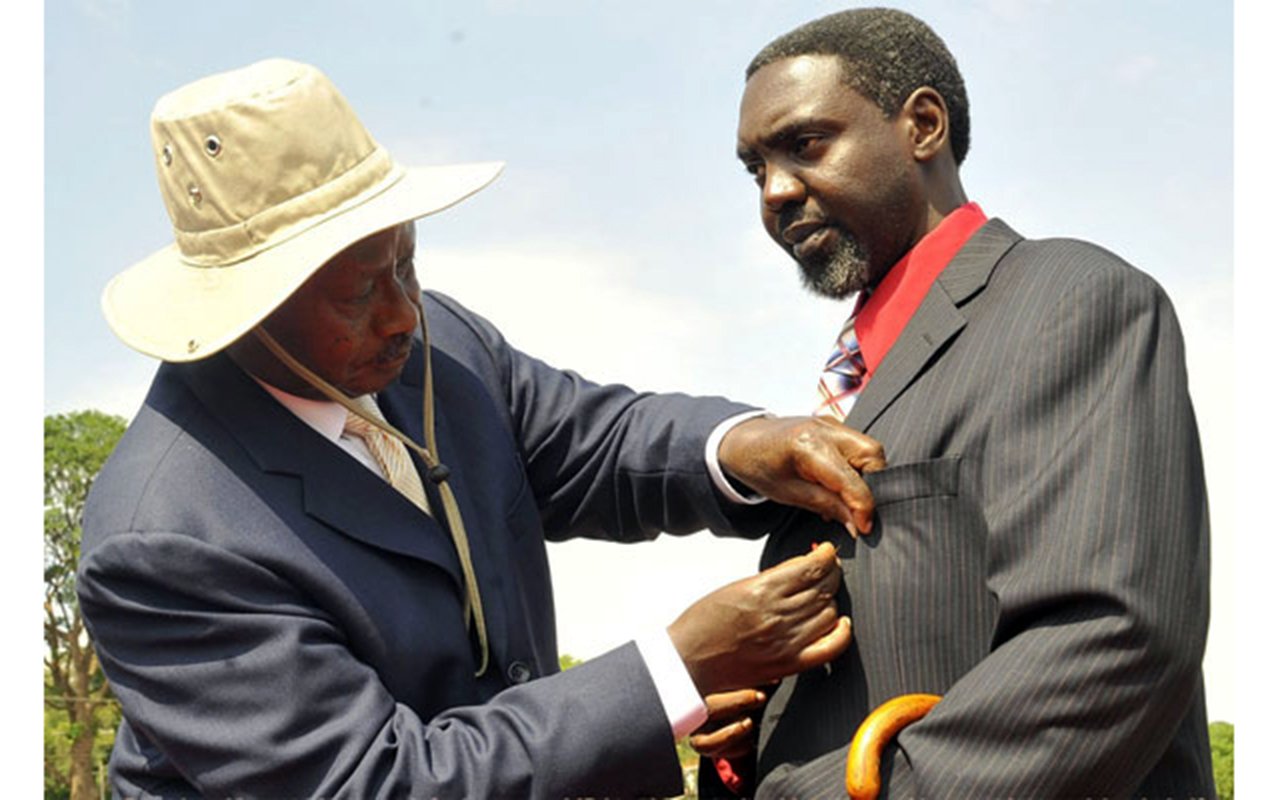STEM, unlocking potential of rural girls will help to narrow gender gap

Katherine Nabuzale
What you need to know:
- Balancing classroom opportunities to broaden student thinking to include other skills that will encourage their growth as well-rounded, well-informed and self-assured people.
According to results from all national exams, rural learners are evidently lagging behind in performance. Despite the provision of free education both at primary and secondary level , girls are trailing! The results, especially in science subjects, are nothing to take home.
In the just released national exams results, professor Celestino Obua, the Uganda National Examinations Board chairperson, noted that entries for science at Uganda Advanced Certificate of Education (UACE) continue to be lower than for Humanities. He added that there is a lower percentage of female candidates offering Mathematics and science combinations in spite of the fact that those who offer science, technology, engineering, and math (STEM) subjects perform well if not better than the boys.
Why then do girls shy away from these subjects?
Research shows negative stereotyping and unconscious bias impacts girls’ participation in STEM related subjects at school. Our society tends to present science subjects as tough and challenging and not fit for pursuit by girls since they are perceived as weak. Such negativity calls for intentional efforts garnered towards busting these stereotypes by promoting a positive mindset that encourages girls to fully embrace science subjects.
This is more crucial when girls are still young so that their potential and ability to succeed in STEM is fostered early in time, making it easy for them to choose sciences later during selection of subject combinations. Teachers’ role in supporting learners to choose subjects appropriately is undisputable. Therefore, teachers should strive to make science subjects more interesting by exposing learners to extra practical lessons so that girls can understand the impact and relevancy and be motivated to choose sciences as well as stay the course.
Girls need to be exposed to the full range of STEM career options early on. Oftentimes, when science is discussed in the local communities, it’s the usual traditional courses. However, science has evolved and keeps expanding.
An early exposure to the possible and wide range of STEM-related careers will create access to information and knowledge that is likely to further and support continuous conversations with teachers, family and friends as girls move through school, select subjects and eventually make choices about careers, STEM will be on their radar.
Create a more balanced approach to STEM by employing three teaching approaches namely: inquiry-based, project-based and problem-based learning. Inquiry-based learning is about triggering curiosity where learners form a question statement and are encouraged to find answers through their own research. Project-based learning engages learners with real world projects that have meaningful effects. Their problem-solving and critical thinking skills are put to work, allowing them to see themselves as members of a larger society who can contribute to actual and valuable changes.
While problem-based learning is a concept in which students are confronted with a real, complex problem in small groups. The goal is to support cognitive acquisition of knowledge, leading to a step-by-step solution. For example, creating a sustainable city; how can we live sustainably without wasting our natural resources. Here students can work together by using their personal observation and research to think about the problems that cities face regarding sustainability and come up with ideas to address them.
Nevertheless, a more reconciliatory approach involves balancing input from learners with that of educators. Balancing classroom opportunities to broaden student thinking to include other skills that will encourage their growth as well-rounded, well-informed and self-assured people. Additionally, a balanced approach involves balancing the conversation so that it includes STEM as a necessity for creating development in society, busts stereotypes and promotes a more balanced view of everyone’s potential.
Mentorship is key, as it can be difficult to aspire to be what you can’t see or never see. Then identify people working in that area specially women in STEM who can act as role models that girls can relate to and see themselves being in the future.
The more girls get accustomed to hearing about and from women in science, the more normal it will seem to opt for careers in the science field.
Ms Katherine Nabuzale is a writer and social analyst.




